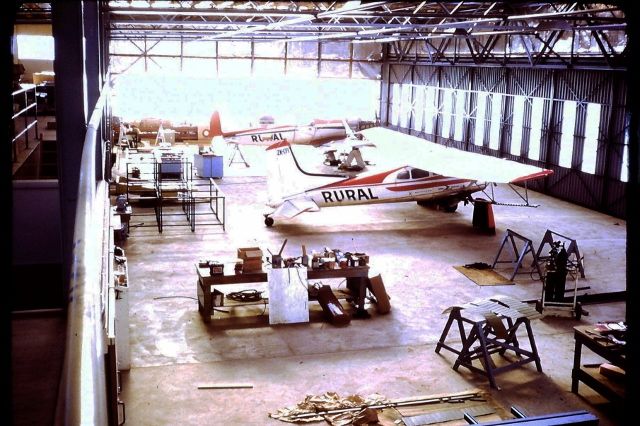My workshop is fitted out with 15mm copper, half hard with all joints soft soldered so the copper is not annealed at the joints (some would suggest brazing the joints however this anneals the copper and therefore reduces the pressure at which it can safely be used – in addition, excessive heat can severely weaken the copper in the area immediately surrounding the joint).
Someone earlier mentioned using 'ready soldered' joints. These are commonly termed 'solder ring or Yorkshire' fittings. In an airline I would strongly suggest avoiding these. The swaged area which contains the solder ring can, if not properly soldered, create a weak void in the joint. I advocate the use of end feed fittings in air lines. When correctly soldered, we have proved that these create a mechanically superior joint to solder ring fittings.
In order to create a strong joint, ensure the pipe and fitting are thoroughly cleaned with wire wool. Use only the bare minimum of flux (I have seen joints fail because flux was plastered on like butter, excess does nothing to assist in the joint and will over time corrode the copper and the solder causing premature failure). Heat the fitting and the pipe so that the solder flows easily (don't heat the solder directly)
All of my joints are made with lead free solder and a non aggressive flux, the entire system was flushed with a flux remover to remove any residue.
I have tested my system both hydraulically and pneumatically to 20 bar (almost 300psi) and run it happily at 10 bar.
I have a chiller/condensation trap between the compressor and the 150 Litre accumulator tank, all of the horizontal runs have a slight fall on them and end in condensation traps/drains with the outlets tee'd off above the traps. At each drop there is a pressure regulator with its own water trap and automatic drain valve, and the outlet for the power drawbar has a water trap and automatic oiler.
This may all sound a bit of overkill but I have 6 machines running a mixture of conventional and fogbuster type coolant systems and power drawbars on the 2 mills plus a pressurised coolant system on the cylindrical grinder so having a fully plumbed in shop air system was a need to have.
With a copper pipe installation ensure that the pipe runs are correctly supported, horizontal runs should be supported at no more than 1.2 Metre intervals, vertical at 1.8 Metres.
Nick Hulme.







